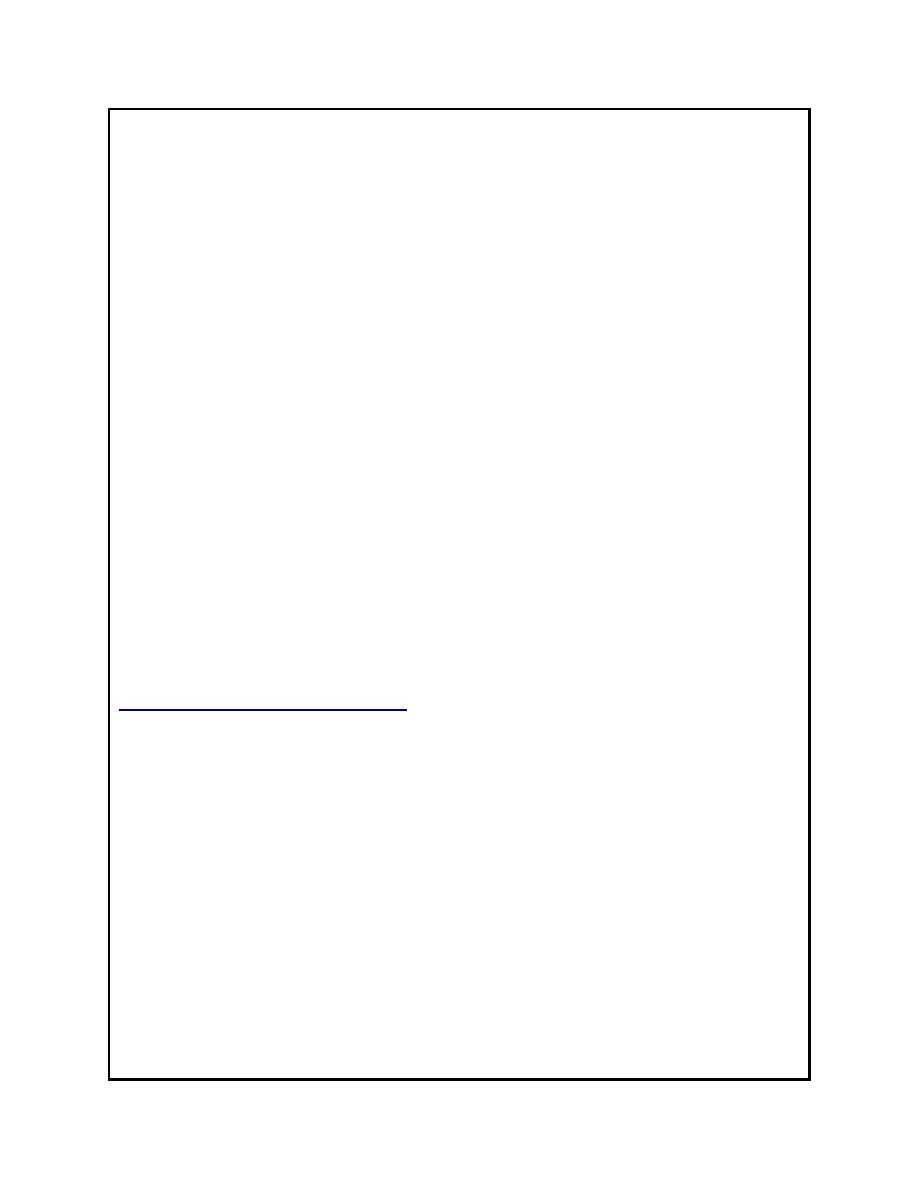 |
||
|
|
||
| |||||||||||||||
|
|
 Seabed Classification
Category:
Geotechnical Evaluation Methods
Surveying
Description:
QTC VIEW processes information from echosounders to classify seabed based on backscatter
analysis from acoustic signals. The QTC VIEW classifies the seabed by first describing the
echo and then comparing that description to calibration data from known seabed types. The
system consists of a signal processor fed from the customer's echo sounder.
The processor analyzes the signals and compares them to a template. The system accomplishes
this by digitizing the first return from the echo sounder, then characterizing its shape and
identifying the three most statistically important features of the waveform. The template
contains signals for echo sounders working on known bottom conditions, typically provided by
the customer. The result is a set of three values representing each echo. Requires calibration
using seabed of known classification, then comparing calibration spectrum with that of
unclassified seabed. Output from processor is converted to a PC. Output format is in text file
format.
The operation involves two phases: calibration and survey operation. During calibration the user
would go to a known seabed and collect a set of echoes. This normally requires about 10
minutes at each station. Data are then processed to form a catalog representing each calibration
site as a seabed class. In survey mode, the user invokes a catalog, and as the echoes along the
track are received the system chooses the class whose calibration data are most similar to the
incoming echo and displays it on the computer screen. The system also estimates confidence in
that choice. Calibration data are stored as individual data files, allowing the user to develop a
library of seabed types that can be used to create catalogues for specific applications.
Common applications for QTC VIEW include fisheries habitat and other environmental studies,
dredging and mining.The system has been used on beach renourishment projects to delineate
areas of previous dredging on an area of seabed with minimal relief.
QTC VIEW system used by American dredge contractor (Great Lakes Dredge & Dock) for
Navy predredge surveys, and by the Dutch in Ijmuiden, Holland.
Equipment is commercially available and in use in 17 countries.
Reviewer:
C. Woolley
Company / Organization(s):
Information Sources:
Literature:
September
Month:
1996
Year:
Periodical
LitType:
IDR
Publisher:
14
Page:
Interviews:
Karl Rhynus
Interviewee:
John Lally
Interviewer:
9/1/98
Interview Date:
Telcon
Interview Location:
91
Chapter 5 Other Technologies Reviewed
|
|
Privacy Statement - Press Release - Copyright Information. - Contact Us - Support Integrated Publishing |